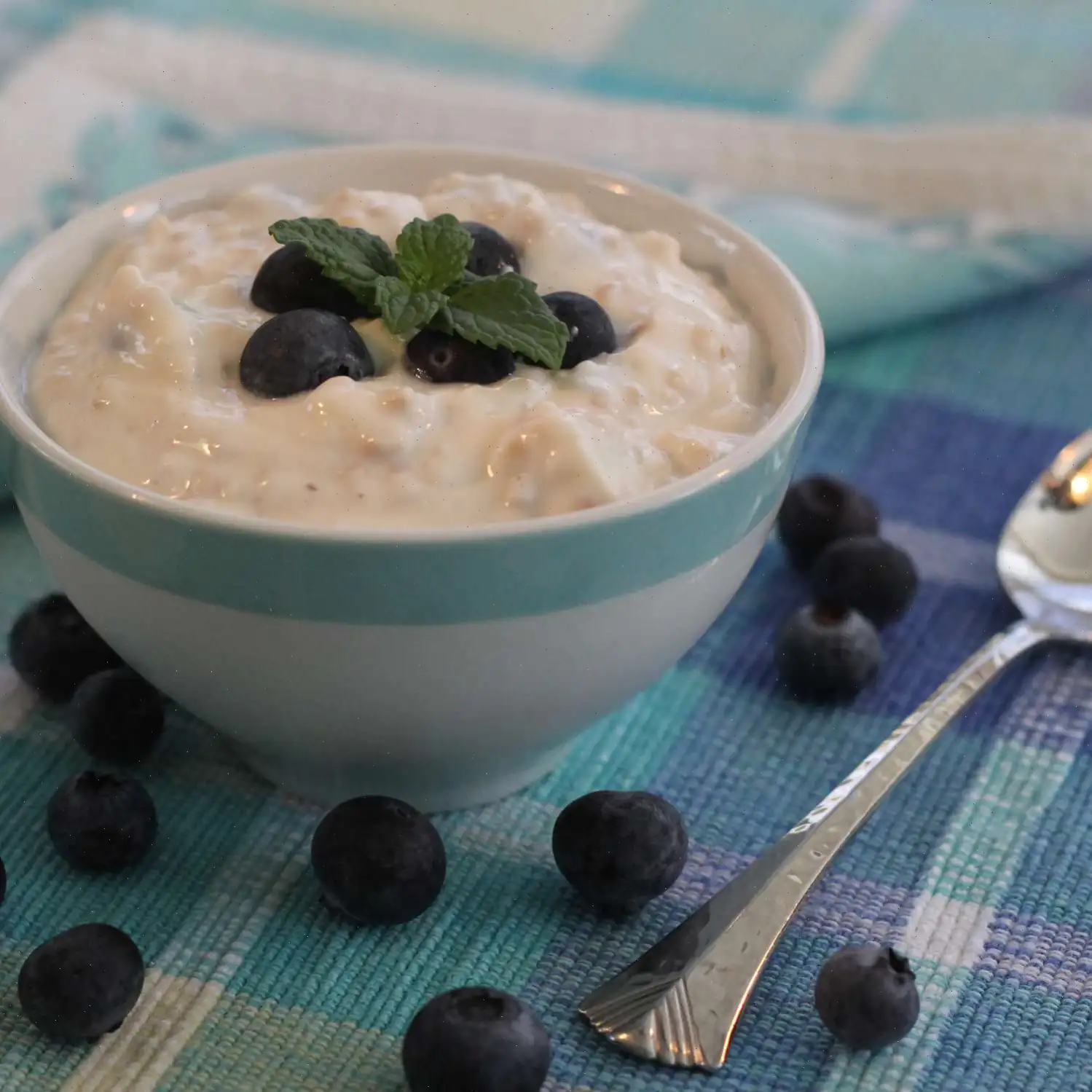
Pistachio Milk Recipe
Ingredients:
- 1 cup unsalted shelled pistachios
- 4 cups filtered water
Directions:
Step 1: Add pistachios to a large bowl and cover them with enough water to submerge. Let them soak overnight, then drain the water.
Step 2: Place the soaked pistachios and 4 cups of filtered water into a high-powered blender, such as a Vitamix.
Step 3: Blend the mixture on high speed until it becomes smooth and creamy.
Nutrition Facts (per serving):
| Calories | Total Fat | Saturated Fat | Cholesterol | Sodium | Total Carbohydrate | Dietary Fiber | Total Sugars | Protein | Vitamin C | Calcium | Iron | Potassium |
|---|---|---|---|---|---|---|---|---|---|---|---|---|
| 87 | 7g | 1g | 0mg | 71mg | 4g | 2g | 1g | 3g | 0mg | 20mg | 1mg | 155mg |
Servings Per Recipe: 8
% Daily Value is based on a 2,000 calorie diet. Your daily values may be higher or lower depending on your calorie needs.
The Story and Culture Behind Pistachio Milk
Pistachio milk, a creamy and subtly sweet plant-based beverage, traces its roots back to the Middle East, where pistachios have been cultivated for thousands of years. Originally, pistachios were considered a delicacy and used in desserts and beverages by ancient Persians and Arabs. The tradition of blending nuts with water or milk likely evolved from early forms of nut-based drinks, which were prized not only for their flavor but also for their nutritional benefits.
Regional Variations
While the modern version of pistachio milk is popular in Western countries as a dairy alternative, it has distinct regional variations in its native lands. In the Middle East, pistachio drinks are often sweetened with dates or flavored with cardamom and rose water. In Italy, pistachio milk may be used in gelato and pastry creams, creating a rich and aromatic base. Each region adapts the drink to complement local culinary traditions, making it more than just a simple nut milk.
Differences from Similar Beverages
Pistachio milk differs from other nut milks like almond or cashew milk in both flavor and texture. It has a naturally buttery taste and a pale green color that comes from the nut itself, which gives it a distinct visual appeal. Unlike almond milk, which is often slightly gritty, pistachio milk blends into a creamier, smoother consistency. It also carries subtle earthy undertones, setting it apart from coconut or oat-based alternatives.
Typical Serving Occasions
Pistachio milk is versatile and can be served in multiple ways. It is commonly enjoyed on its own as a refreshing beverage, added to coffee or tea, or used as a base for smoothies and desserts. Cafs increasingly offer pistachio lattes, while home cooks often incorporate it into breakfast dishes such as oatmeal or chia pudding. In upscale restaurants, pistachio milk can appear as a key ingredient in sauces or dessert custards, emphasizing its gourmet appeal.
Interesting Facts
- Pistachios are one of the oldest nuts known to humans, with evidence of consumption dating back over 9,000 years.
- Making pistachio milk at home requires soaking the nuts overnight, which helps unlock their creamy texture and enhance digestibility.
- The pale green hue of pistachio milk can vary depending on the type of pistachio used, with some varieties producing a more vivid color.
- Besides being naturally lactose-free, pistachio milk provides healthy fats, protein, and antioxidants, making it a nutritious alternative to dairy.
- In Mediterranean and Middle Eastern cuisine, pistachios are often paired with spices like saffron and cardamom, which can also influence the flavor profile of the milk.








